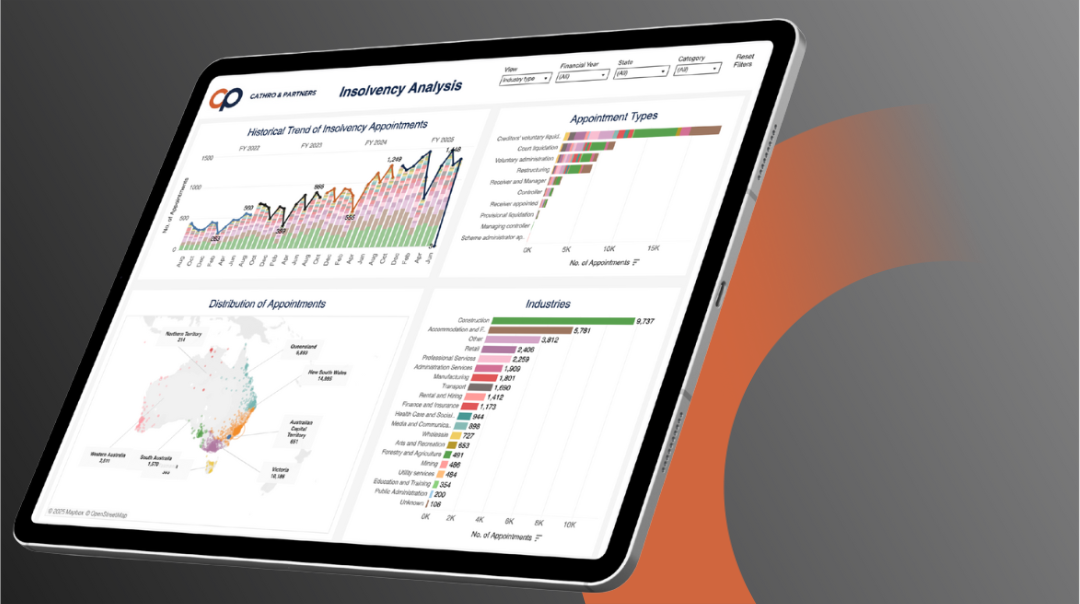Ever since the onset of the COVID-19 pandemic in March 2020, media and industry commentary in the insolvency and restructuring space has been dominated by talk of a pending tsunami of insolvencies and the effect “zombie” companies may eventually have on the overall business landscape.

Earlier in January this year, I wrote about a sense of Deja Vu (HERE) where in my view, the economic headwinds were continuing to gather pace albeit with business being in a position where their bank accounts weren’t as healthy as they were when the government support taps were flowing.
As we are all aware, formal insolvency appointments have been down substantially through to the end of the December 2021 quarter overall since March 2020. However, several signs have emerged in the December 2021 quarter, particularly in the construction industry, that point to a significant shift in the prevalence of appoints that have now flowed through into the March quarter of 2022.
The construction industry is somewhat of a canary in the coal mine, particularly in the SME space.
It is the second-largest full-time employer by industry in the country, one of the largest contributors to GDP, and it also is home to almost 400,000 SME businesses. This is a substantial portion of all SME businesses across the country. Unfortunately, it is also historically the sector with the largest number of formal insolvency appointments on average per year.
In this sector, we have seen a large number of prominent (and large) businesses utilising formal insolvency appointments to stem the bleeding and/or wind up their activities, specifically in December 2021, March 2022 and now into the June 2022 quarters. This is because supply constraints, costs of labour and materials, covid 19 delays and now interest rate rises, have all combined and left many operators without any other option.
This is borne out in the appointment statistics. For the year through 10 April 2022, there were 889 formal insolvency appointments to entities operating within the construction industry, a 29% increase in the same period through 10 April 2021 (689).
Whilst this trend has not yet been reflected in the overall appointment statistics across all industries, I suspect, based on the increased level of enquiry and the spike of appointments that has occurred post 31 March 2022, these numbers will be reflected in the 30 June 2022 appointment statistics.
For those in the industry, its time to open the blinds, dust off the board and pull on the wetsuit……Surfs up.
About Cathro & Partners
Cathro & Partners are experts in providing insolvency and restructuring services that help to create and preserve business value. Founded in 2021 by industry expert Simon Cathro, the boutique firm specialises in restructuring, turnaround, insolvency, safe harbour, secured enforcement services and pre-lending services.





